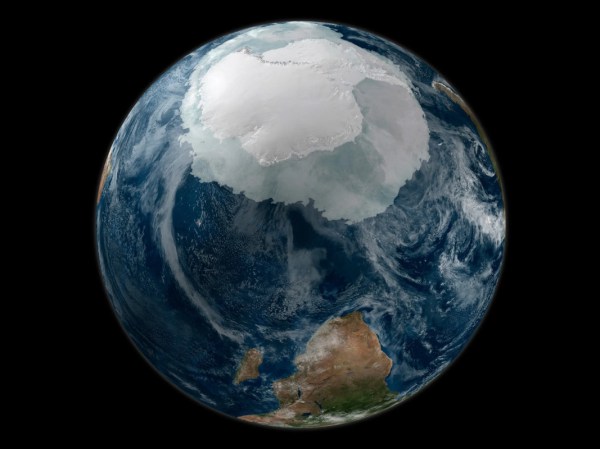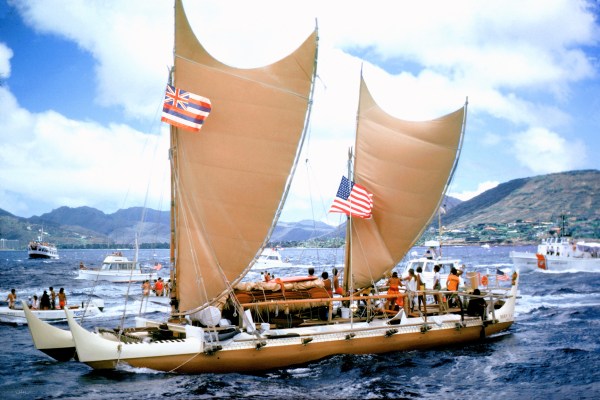Out on Maui, [rabbitcreek] desired to keep track of local ocean conditions. The easiest way to do that was by having something out there in the water to measure them. Thus, they created a floating ocean sensor that could report back on what’s going on in the water.
The build uses a Xiao ESP32-S3 as the brains of the operation. It’s paired with a Wio-SX1262 radio kit, which sends LoRa signals over longer distances than is practical with the ESP32’s onboard WiFi and Bluetooth connections. The microcontroller is hooked up with a one-wire temperature sensor, a DF Robot turbidity sensor, and an MPU6050 gyroscope and accelerometer, which allow it to measure the water’s condition and the motion of the waves. The whole sensor package is wrapped up inside a 3D printed housing, with the rest of the electronics in a waterproof Pelican case.
It’s a neat project that combines a bunch of off-the-shelf components to do something useful. [rabbitcreek] notes that the data would be even more useful with a grid of such sensors all contributing to a larger dataset for further analysis. We’ve seen similar citizen science projects executed nicely before, too. If you’ve been doing your own ocean science, don’t hesitate to let us know what you’re up to on the tipsline!
















